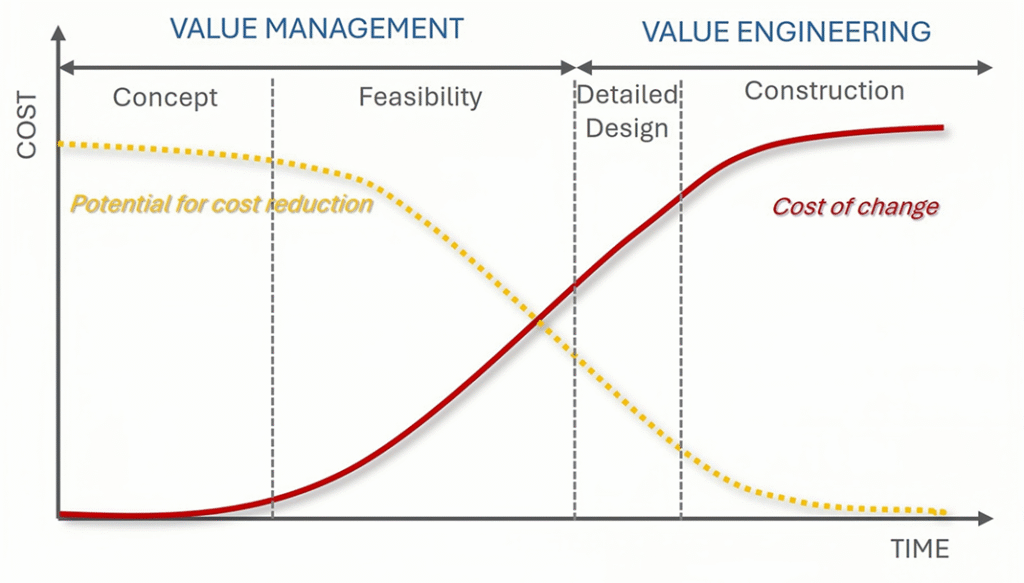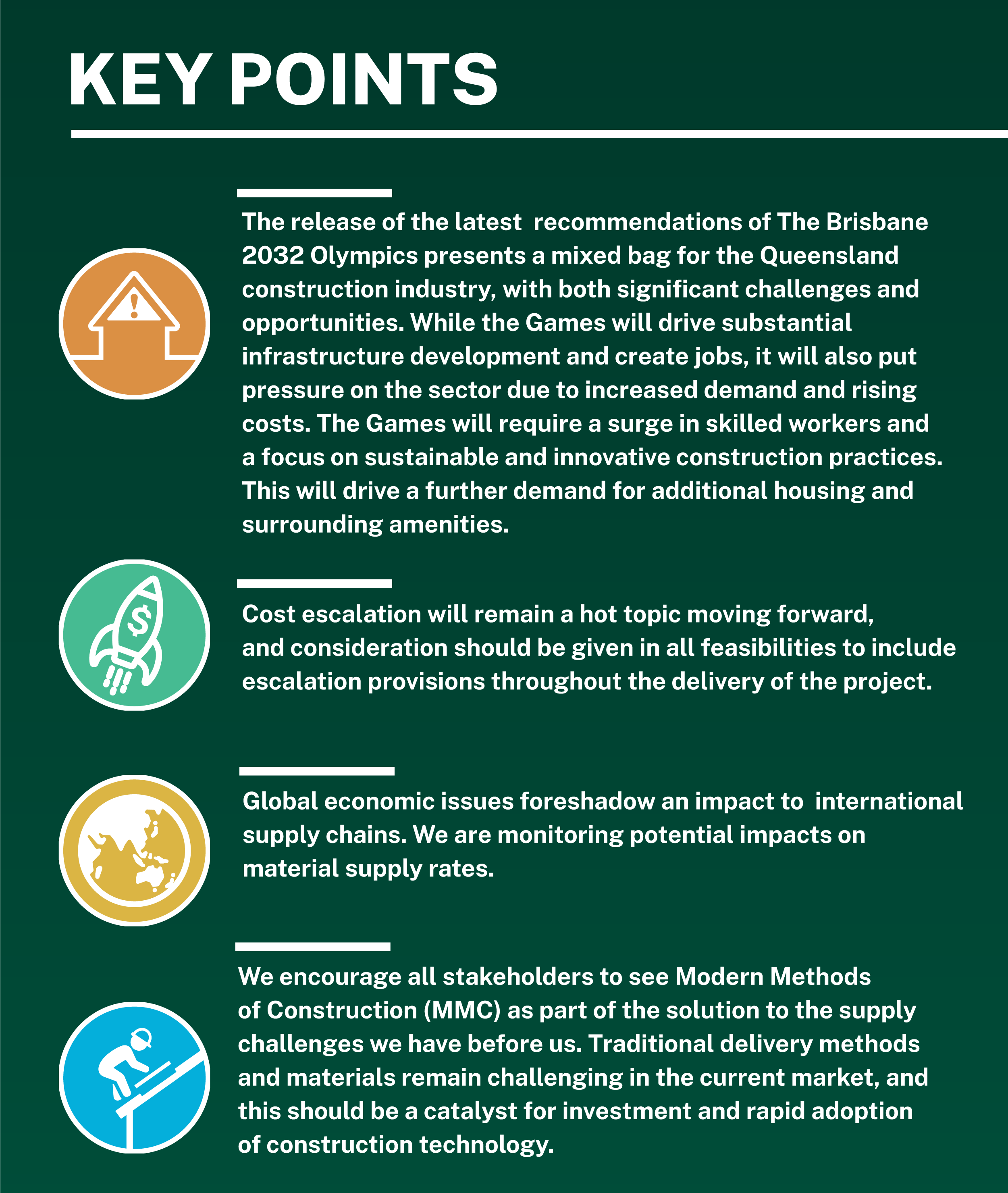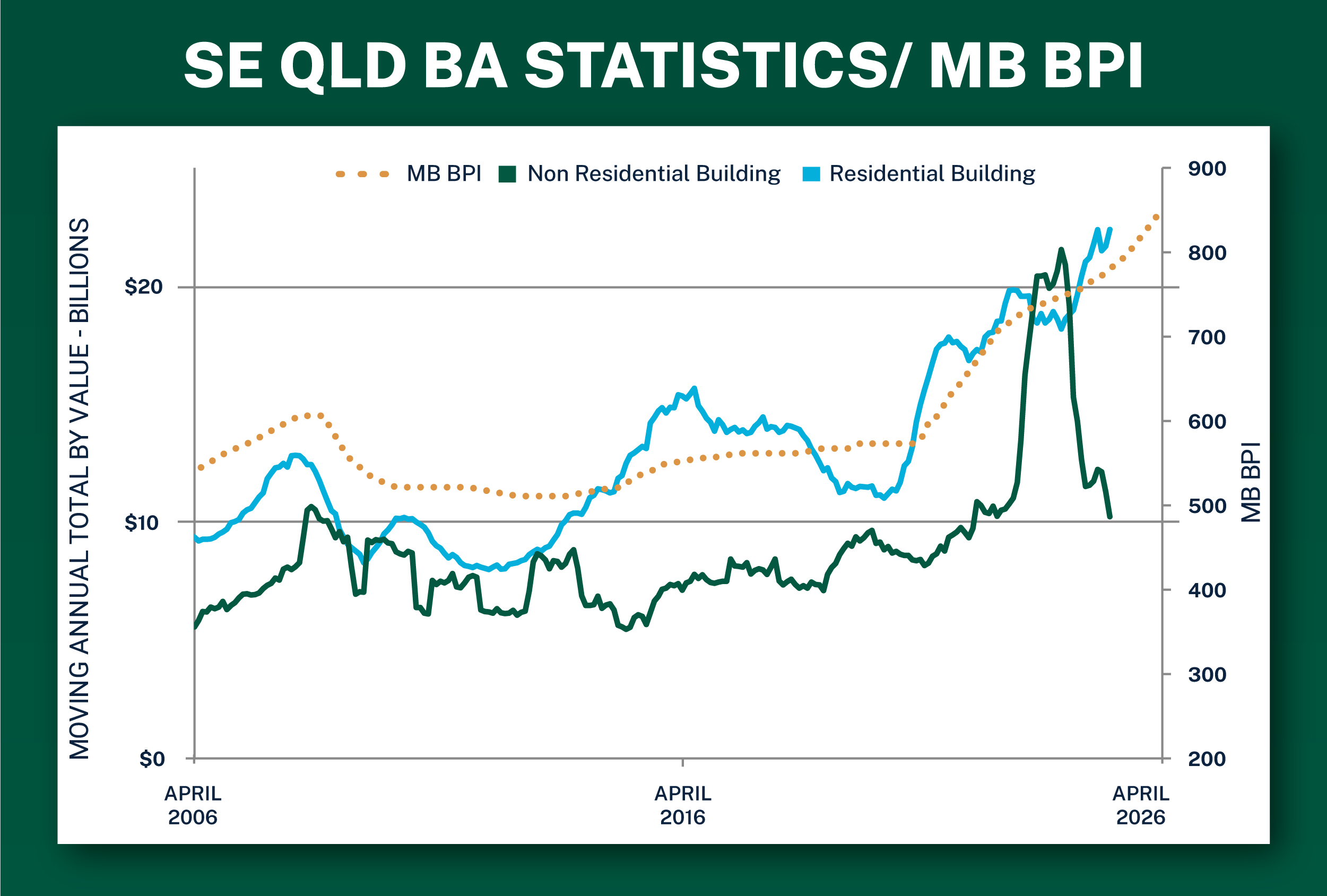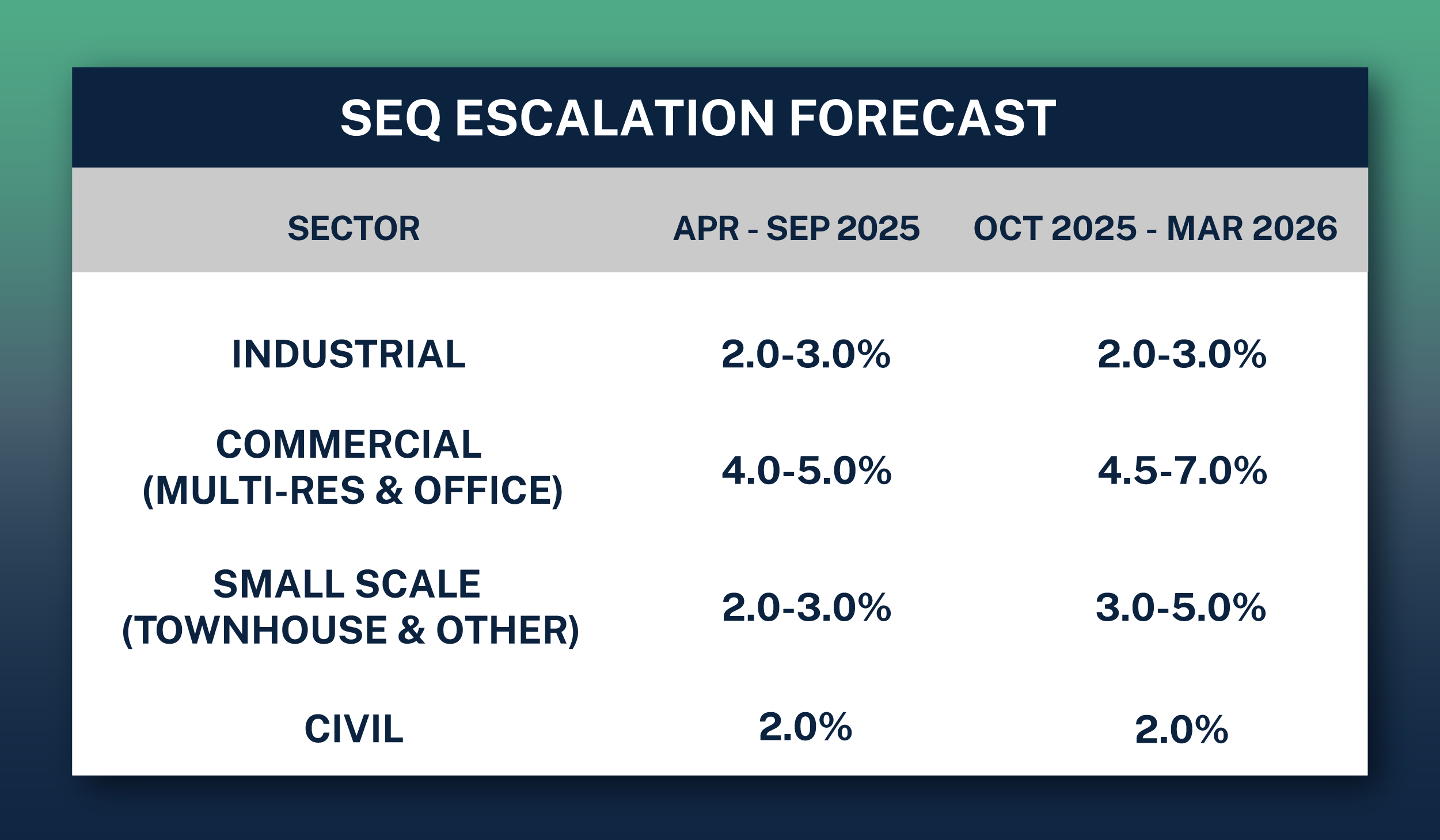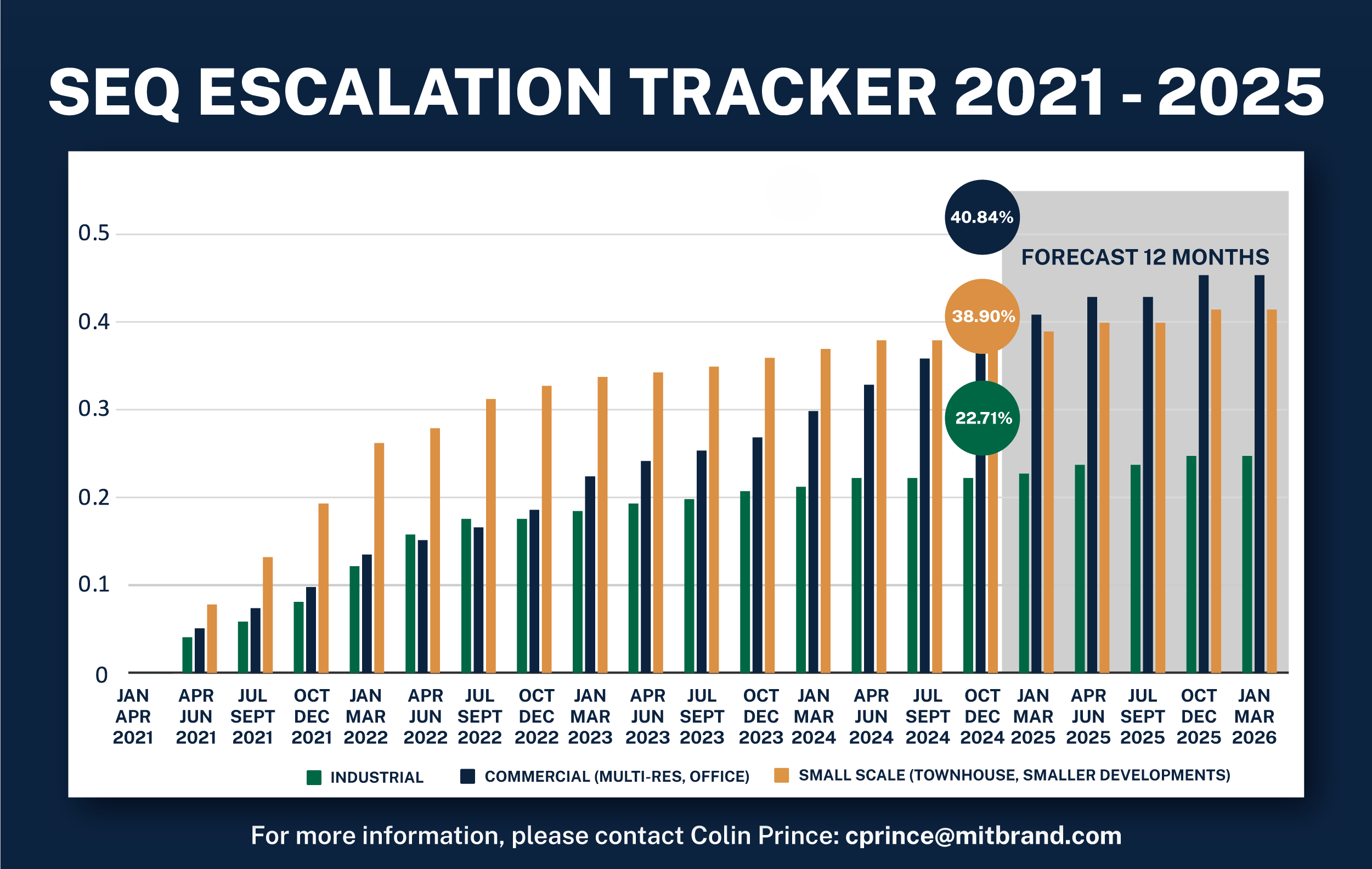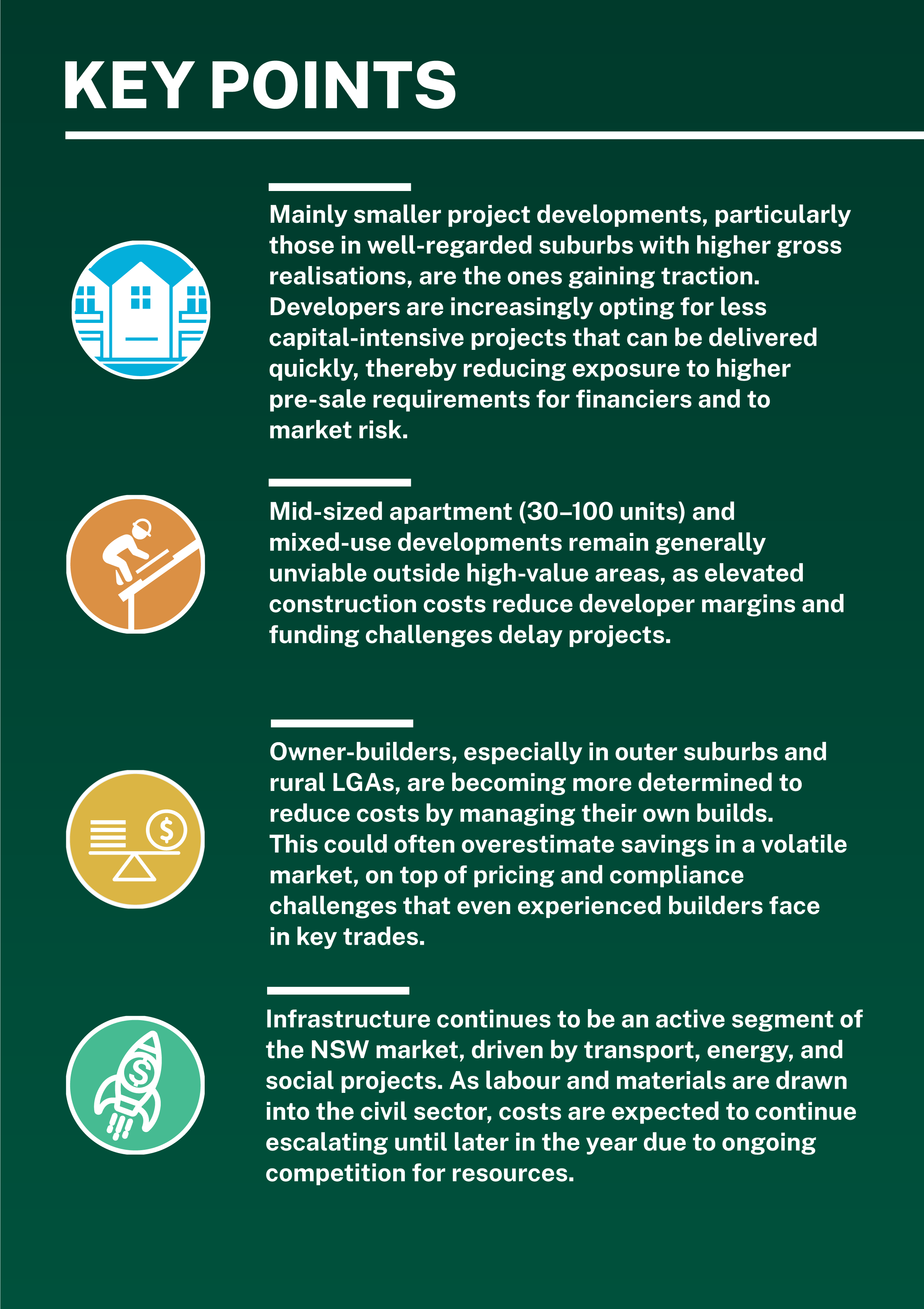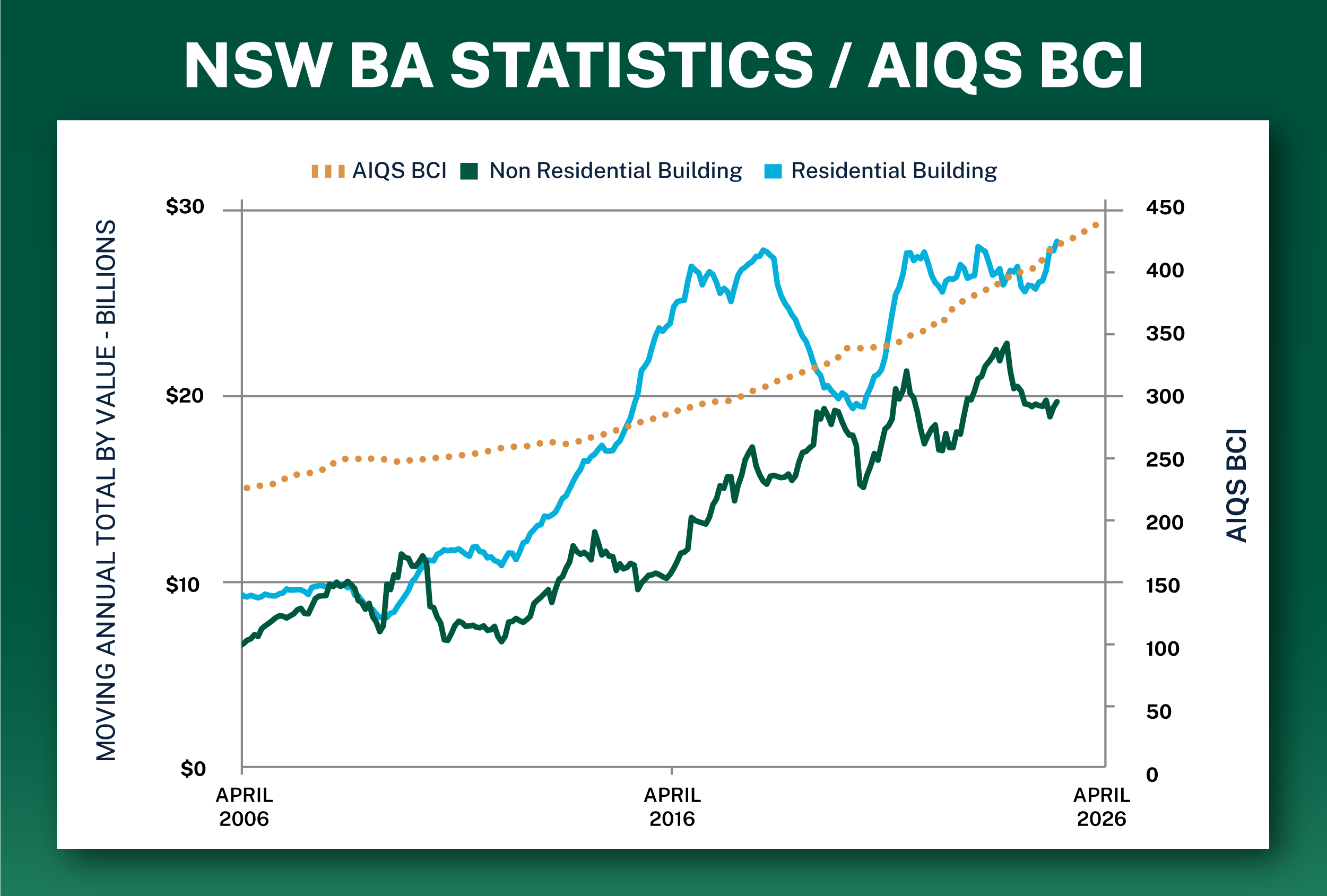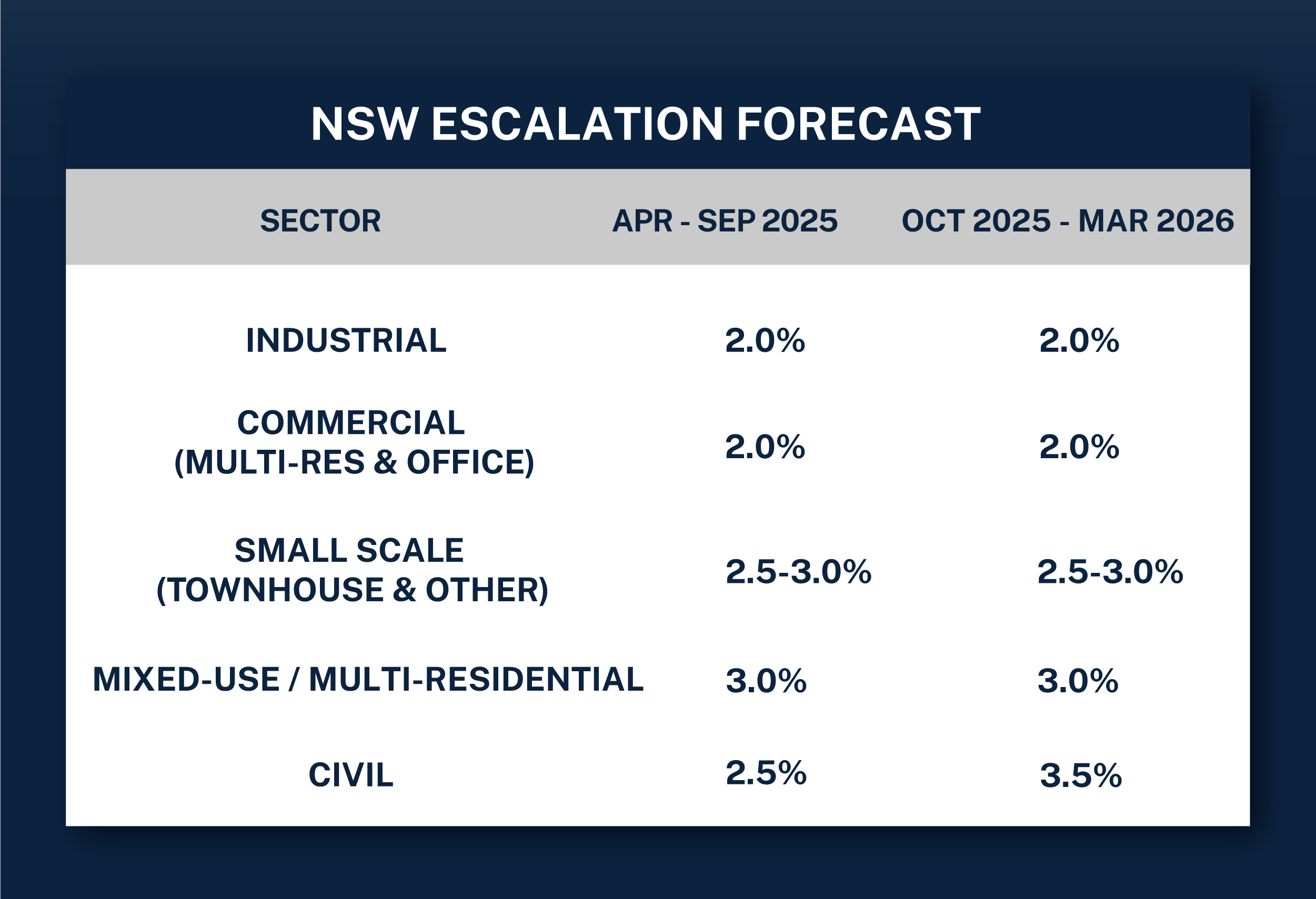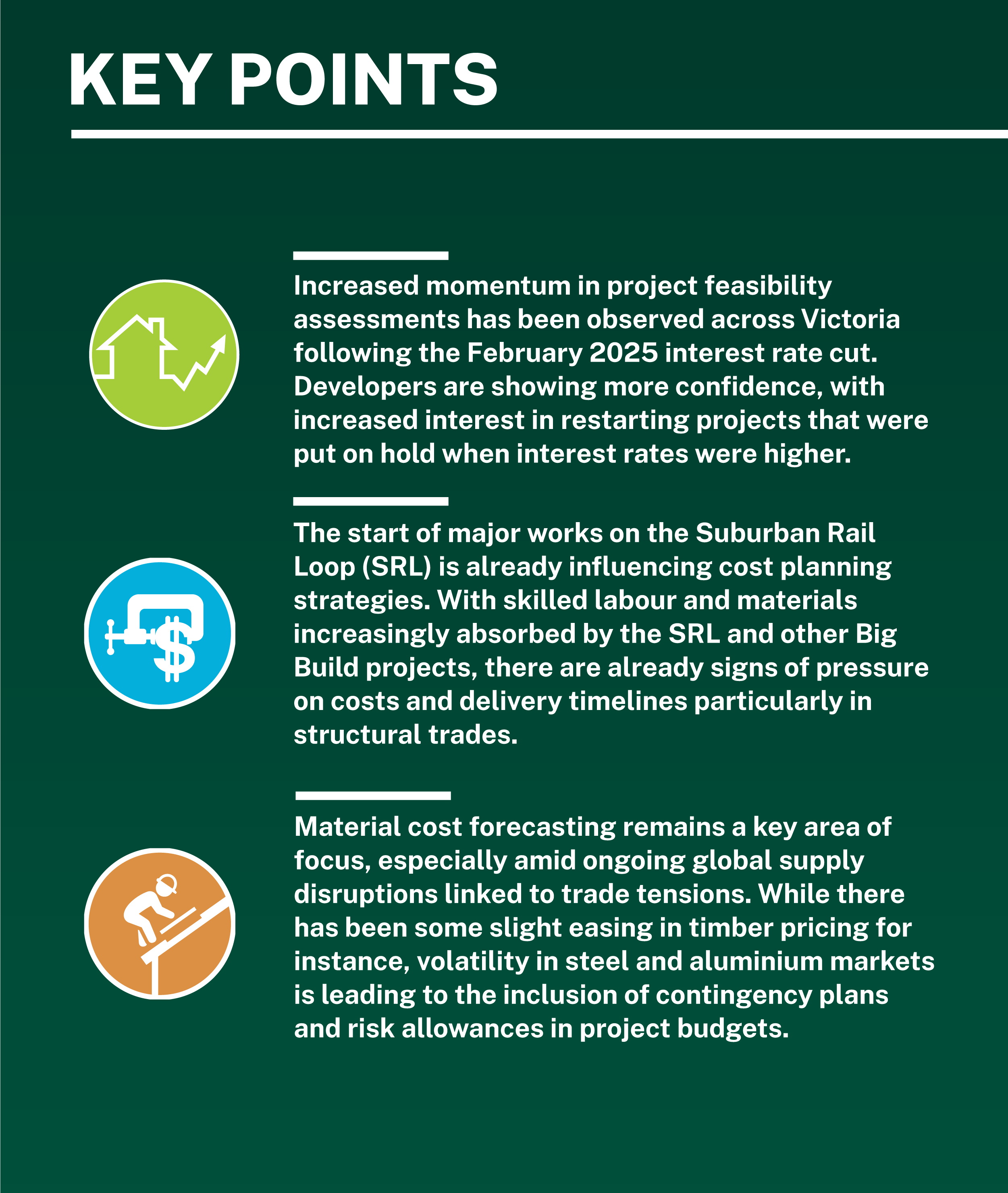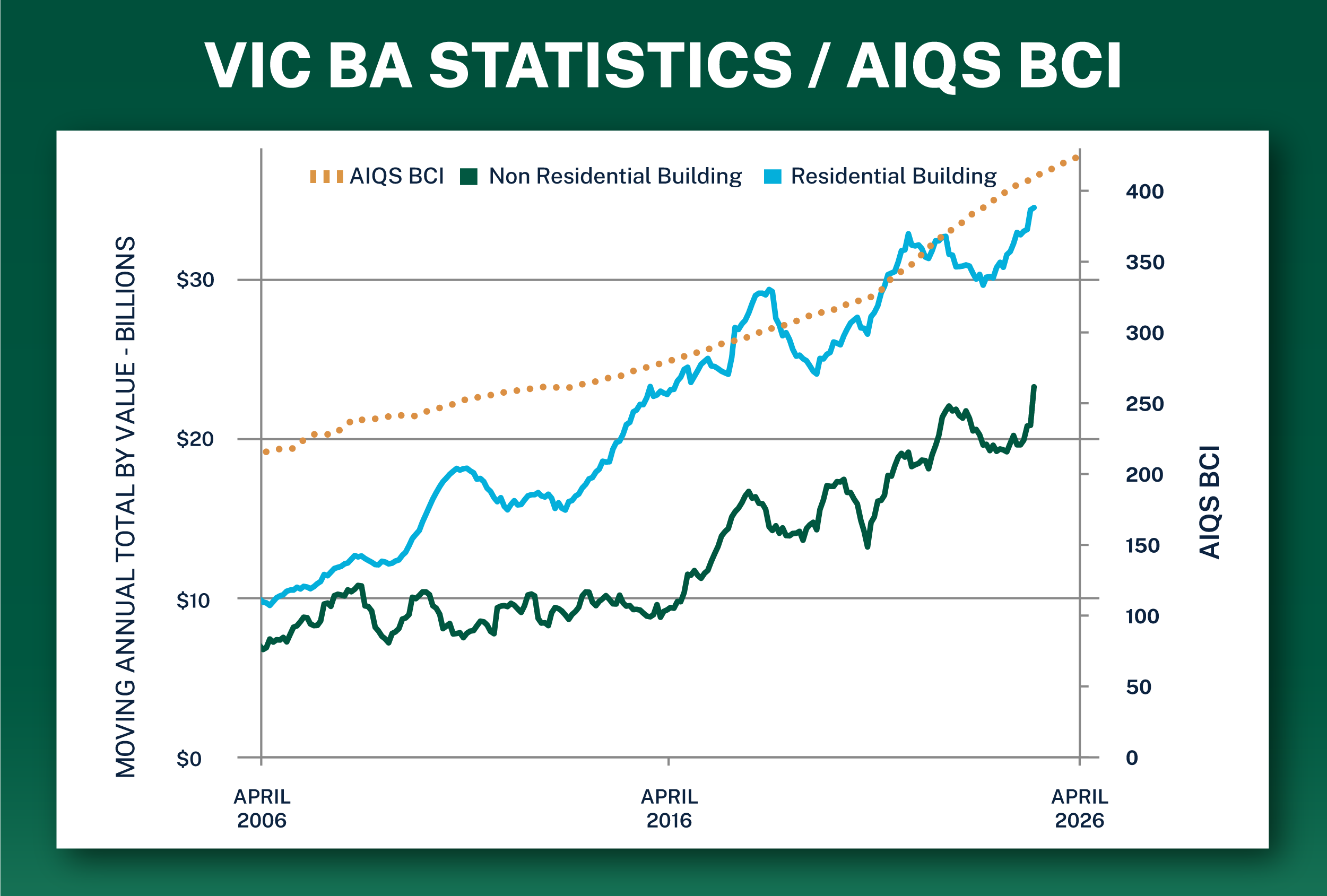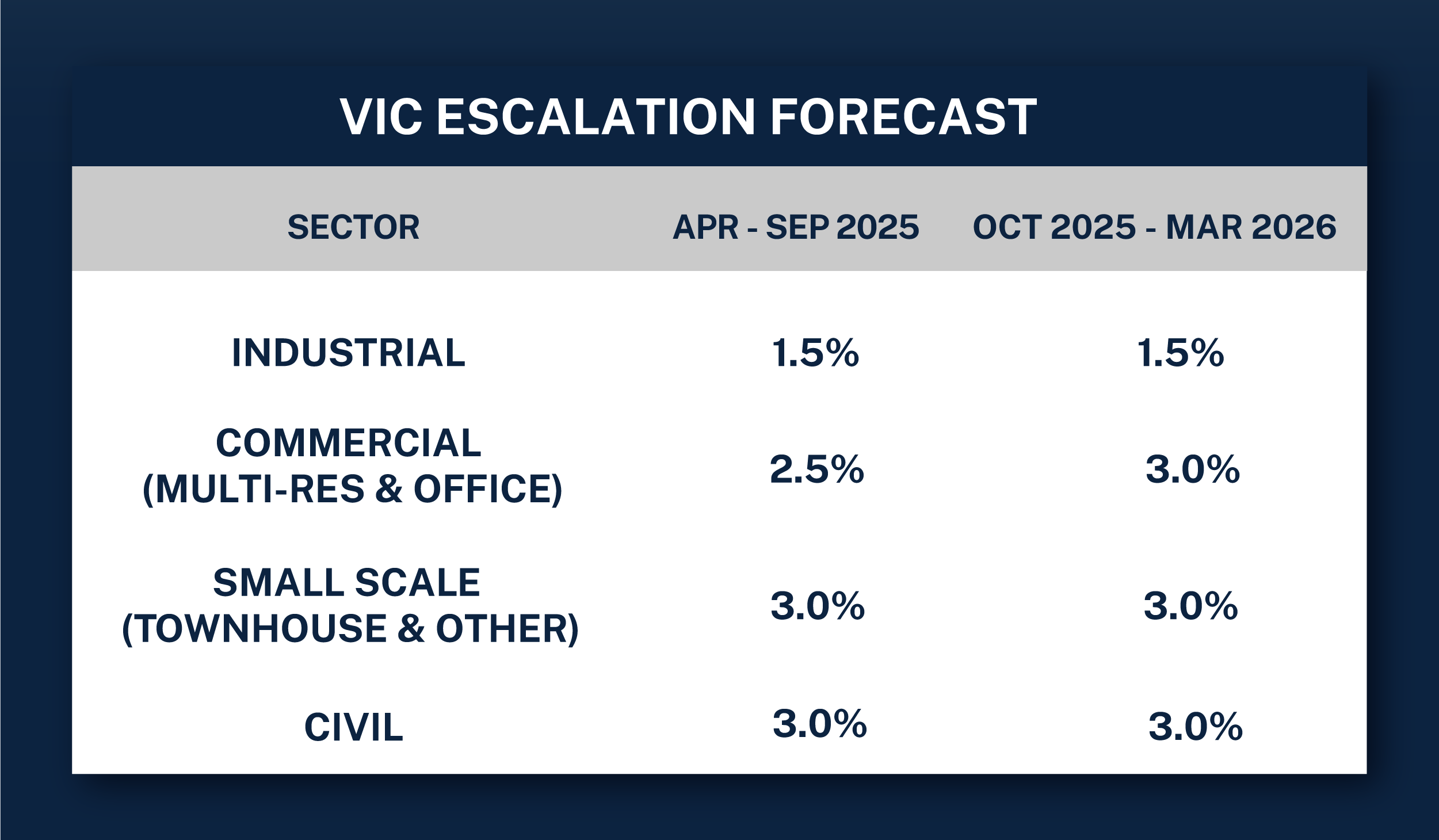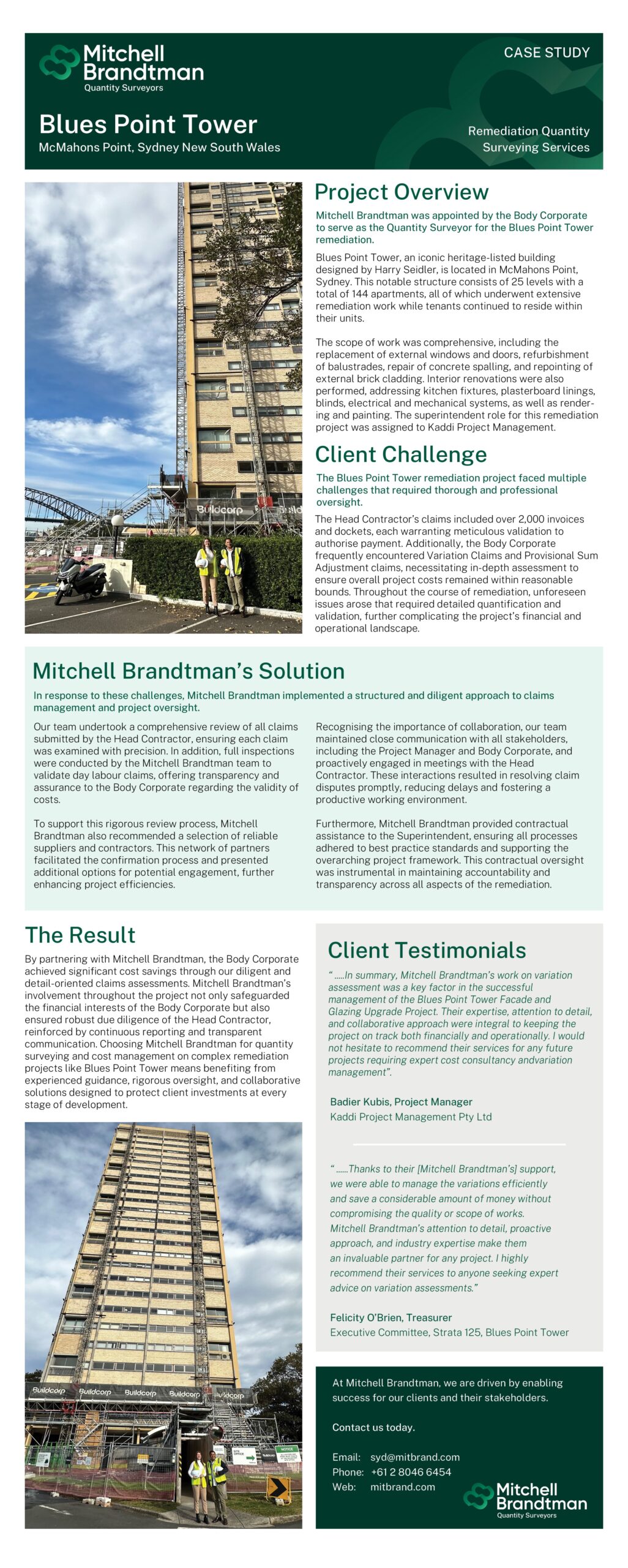When accuracy and speed define the success of a construction project, Building Information Modelling (BIM) and 5D Cost Planning should be more than just words that get thrown around. They’re essential tools for experts to develop a smarter, more integrated way of working. As Caitlin Shields, Queensland Partner at Mitchell Brandtman and expert in 5D and BIM, puts it, “The original intent of BIM was a methodology or ideology about how teams should work. It’s not just a physical thing; it’s a way of thinking.” At its core, BIM is a collaborative process underpinned by digital technologies. It allows stakeholders to develop a coordinated digital representation of a project, incorporating data across all disciplines.
It starts with what’s available, as Caitlin explains. A 3D model (or model) is provided, and Quantity Surveyors utilise this information to introduce the 5D aspect: cost. “The model is one part. The real value is in the information, it’s about how well that information is structured and shared.” Caitlin says. It’s about using all components of a project and how that information is structured, analysed, and ultimately used to make better decisions. Quantity Surveyors use this data not to author, but to consume, organise and analyse.
In traditional workflows, Quantity Surveyors spend the majority of their time measuring from 2D documents. BIM flips that paradigm. “The models give us quantities rapidly, so we spend less time counting and more time asking the critical questions about why things cost what they do.”
The result is a deeper cost analysis that is provided within an expedited timeframe. Teams can run iterations, refine estimates multiple times (not just at traditional milestone points), and deliver insights in real-time to keep pace with evolving project needs. “The magic of 5D is when we can link the cost data directly from the model outputs so when the design changes, the cost changes with it.” Caitlin explains.
The Utilisation of BIM
Despite its clear benefits, BIM and 5D adoption remains patchy across the industry. Why? The answer is simple. It is not mandated. “I’m an advocate for governments to make it mandatory and make people do it right.” Caitlin says. Owners and developers often don’t ask for BIM because they don’t fully understand its value. Many projects are delivered and immediately sold off meaning the long-term benefits of embedded digital information are lost on those footing the bill.
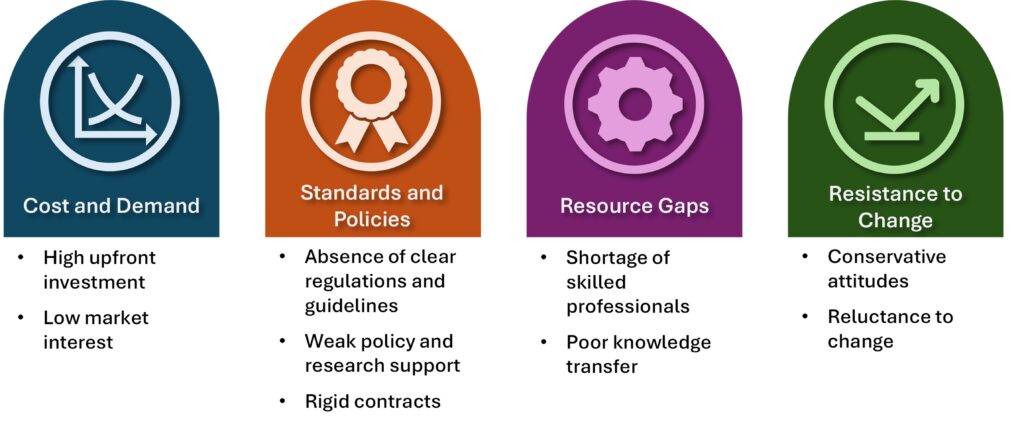
Barriers to BIM adoption in Australia: derived from Sompolgrunk et al. (2023)
Without incentive or pressure from clients, many project teams stick to old methods. Even subcontractors and trades are often disengaged from the BIM process. “You’ve still got a whole industry that’s full of tradies in utes with invoices in their glove box. They’re not thinking about digital models and most importantly that transfer of knowledge if project information.” But Caitlin argues the tide is turning. Those who are engaging with BIM, are beginning to see just how much it can transform project delivery. BIM enables everyone, from architects and engineers to trades and financiers, to be on the same page. And for projects that get it right, the outcomes speak volumes.
A ‘Sunny’ Example
Mitchell Brandtman’s involvement in the $1.8B Sunshine Coast Public University Hospital project is an example of BIM and 5D at its best. “That was a gem of a project and a game changer in our methodologies” Caitlin recalls. “We were not involved from the beginning, but when we arrived, we were able to give rapid and Repetitive feedback on quantities and model information which influenced the way software providers structured their outputs. The result was a seamless process from design to delivery by providing virtual trade packages, digital coordination, and collaboration.

The project didn’t just benefit from efficiencies the team provided, but it also helped shape industry standards. It’s proof that when Quantity Surveyors are engaged early and enabled to work in 5D, everyone wins.
Who Benefits and Who’s Using It
The answer to who benefits is everyone. But the biggest gains are for asset owners, operators, and those managing portfolios over time. Caitlin is especially passionate about where BIM is gaining traction now. Major players across public and private sectors are beginning to understand the long-term operational gains of having a ‘digital twin’. A digital twin is valuable for owners and operators, especially in sectors like healthcare, aged care, education, or government, where understanding and maintaining a building over its lifespan is essential. “They want their real building and a digital building. The digital one holds all the information, when warranties expire, when to replace things, what materials were used. That’s incredibly powerful.”
These are long-term assets, often heavily maintained and managed. With BIM, lifecycle costs can be controlled better. Even Build-to-Rent developers are beginning to see the light. While not mandated, many of them work with designers who are already producing models, meaning the QS can use those for fast and accurate cost planning. “It’s a tailored experience. Even for townhouses or multi-res, we use models where we can. There’s value being delivered even if the client doesn’t know we’re doing it.” says Caitlin.
A white paper by Autodesk (2021) reported that BIM engagement in Australia/New Zealand is slightly below the global average, with 46% of respondents using it on at least half their projects, an average usage rate of 50%, compared to the global 52%. However, a more recent publication by Deloitte and Autodesk (2025) reports that Australian construction businesses have increased their average use of digital technologies from 5.3 in 2024 to 6.9 in 2025, with BIM identified as a prominent technology, indicating broader adoption across the industry.
One of the most common misconceptions is that 5D, or the use of digital collaboration can only happen when models are 100% perfect. Caitlin reminds us that this notion of BIM is a methodology and should be a tool in the whole development process, “We don’t throw the baby out with the bathwater. We’ll use whatever information we’re given, models, 2D documents, schedules and we’ll make it work.” That adaptability is a hallmark of Mitchell Brandtman’s approach. For over two decades, the company has been at the forefront of BIM and 5D implementation. Not just using the tools, but shaping the processes, leading conversations with software vendors, and influencing digital project delivery standards in Australia.
Where others are only now beginning to promote 5D as part of their services, Mitchell Brandtman has been doing it for a long time. The company’s extensive benchmarking database, internal validation tools, and collaboration are at the core of the company and team members values. And clients see the benefits. “They just get better outcomes. Contingency considerations, better feasibility, fewer variations. Because we’ve spent more time analysing, not measuring.” With the 2032 Brisbane Olympics on the horizon, BIM and 5D are expected to play a role in the construction of such a mammoth of a task.
Philosophy to Delivery
BIM and 5D aren’t just digital tools, they’re a philosophy and a way of delivering projects better. As Caitlin explains, “This is about using better information to make better decisions. It’s not faster and cheaper, it’s smarter and more confident. That’s how we add value. ”Whether working with operators, government agencies, financiers, or developers, Mitchell Brandtman’s approach to BIM and 5D helps projects move from concept to construction with greater clarity and collaboration.
“We’re advocates,” Caitlin says. “Not because it’s shiny and new but because we’ve seen what happens when it’s done well.” For clients, the takeaway is clear; if you want a project with intelligent cost outcomes, BIM and 5D should not be seen as optional extras. They’re the future of Quantity Surveying and Mitchell Brandtman is already there.
Sources:
- Autodesk, 2021. BIM and digital transformation: 2021 Australia and New Zealand insight report. [online] Available at: https://damassets.autodesk.net/content/dam/autodesk/www/industry/aec/bim/aec-smart-market-insight-2021-bim-digital-transformation-australia-new-zealand-en.pdf [Accessed 25 Jul. 2025].
- Deloitte Access Economics and Autodesk, 2025. State of digital adoption in the construction industry 2025. [online] Deloitte. Available at: https://www.deloitte.com/au/en/services/economics/analysis/state-digital-adoption-construction-industry.html [Accessed 25 Jul. 2025].
- Sompolgrunk, A., Banihashemi, S., Hosseini, M. R., Golzad, H., & Hajirasouli, A. (2023). ‘An integrated model of BIM return on investment for Australian small- and medium-sized enterprises (SMEs)’. Engineering, Construction and Architectural Management, 30(5), 2048–2074.


